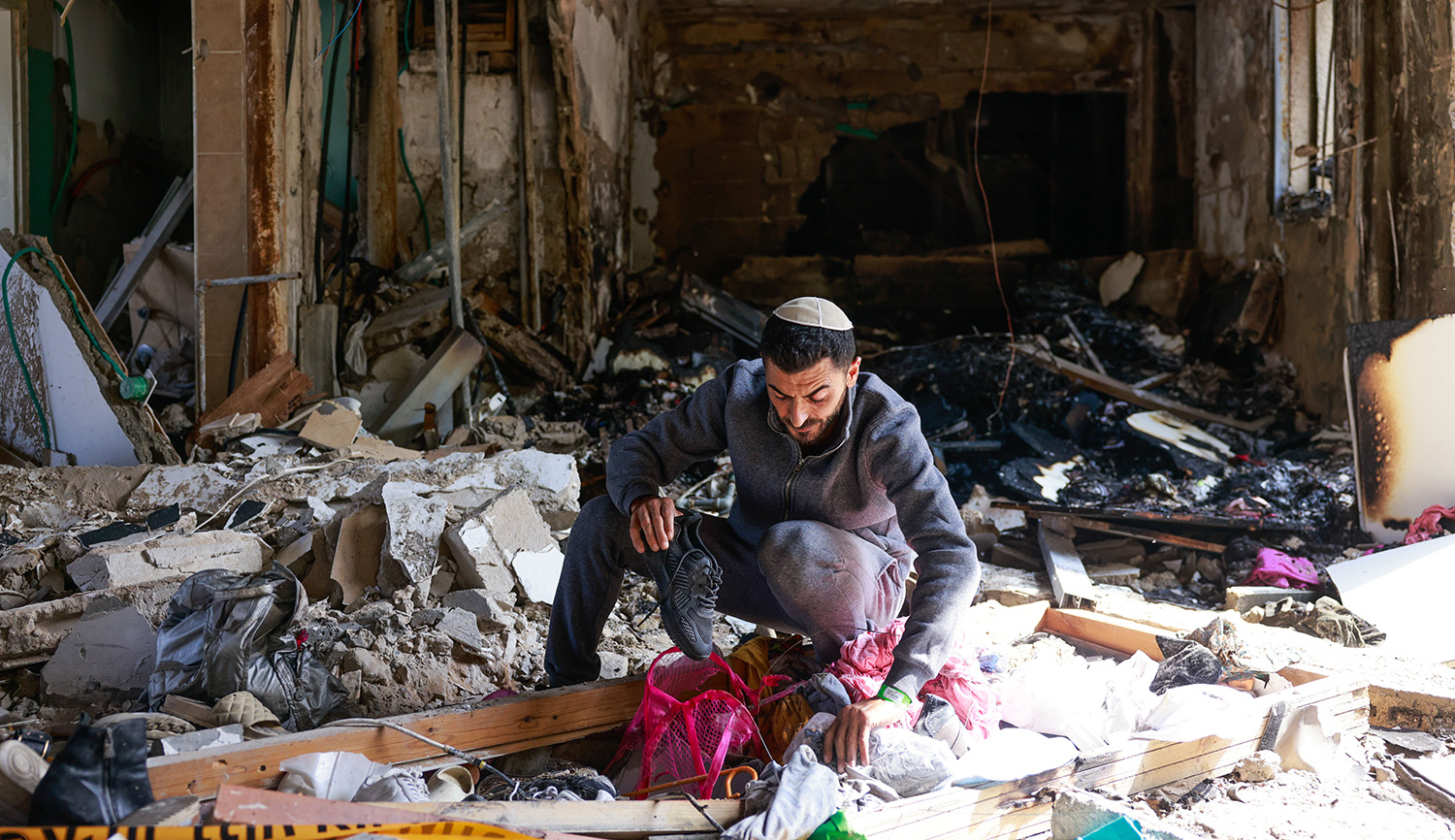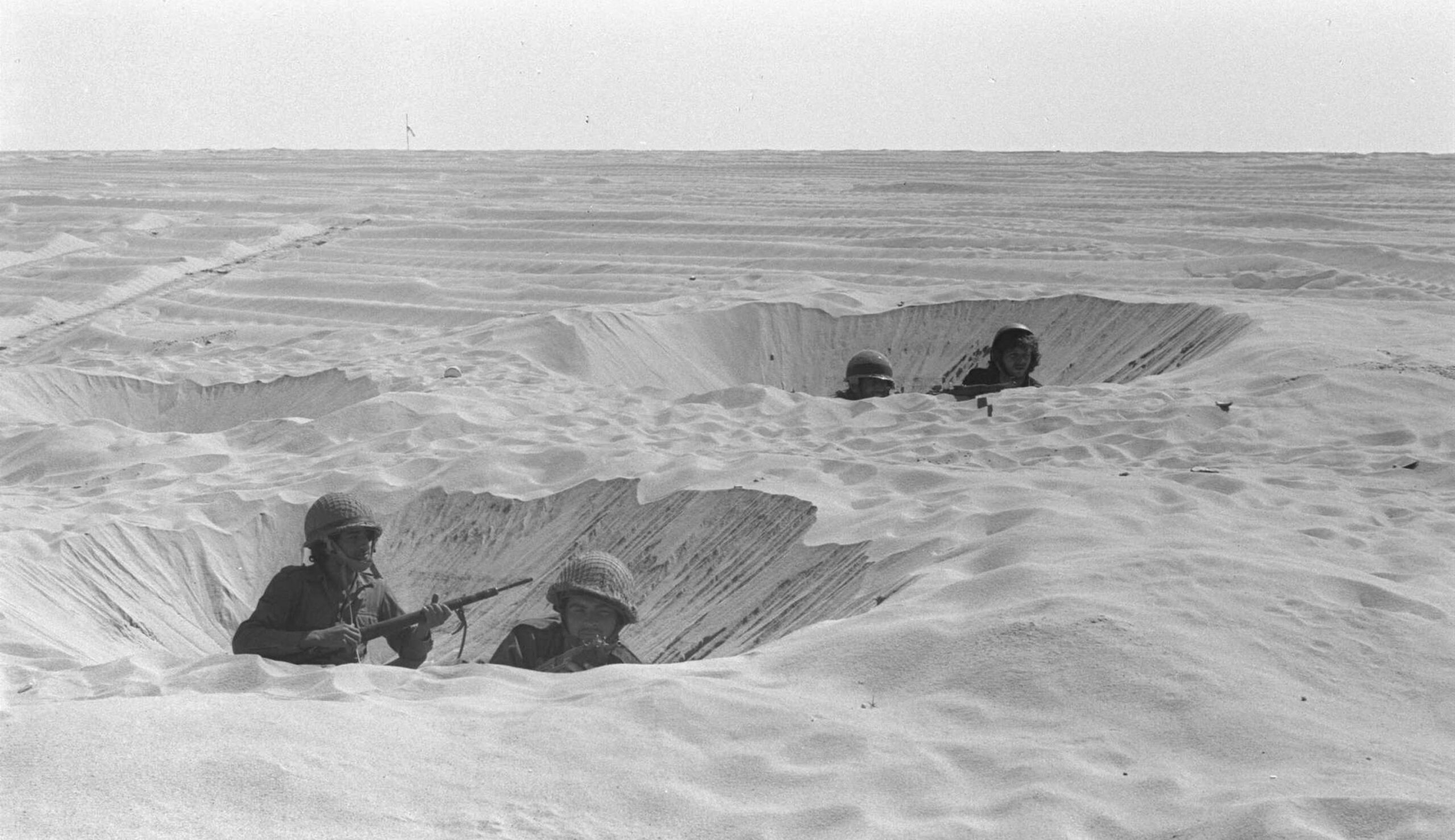The biblical commandment to keep the Sabbath first appears in Exodus 16 (part of this week’s Torah reading), several chapters before the giving of the Ten Commandments. The context is the manna that falls from heaven to nourish the Israelites during their wanderings in the desert. Moses explains that on the first five days of the week the Israelites must gather only what they will eat for that day; on the sixth, they should collect enough for both that day and the next, the Sabbath day when no manna will fall. Ethan Tucker argues that the story of the manna is crucial to understanding the essence of the day of rest:
Why couldn’t the manna be gathered on Shabbat morning? It is, after all, food, and there would seem to be no real impediment to handling and consuming it on the Sabbath itself. The focus here on preparation seems to be key: if the goal of Shabbat is to experience an already-completed world [as God did on the first, primordial Sabbath of Genesis 2:2], then we cannot have a system where one’s [main source of] sustenance only materializes halfway through the day.
Moses emphasizes that all baking and cooking of the manna must take place before Shabbat [even though] there has not yet been any articulation of a Sabbath ban on work at this point in the Torah. Instead, his directive seems focused on having everything ready in advance. It is this state of affairs, more than a set of behaviors, that will establish Shabbat as truly holy, the sense that as the day enters, I have everything I need, just exactly as I need it.
More about: Exodus, Hebrew Bible, Judaism, Moses, Religion & Holidays, Shabbat


